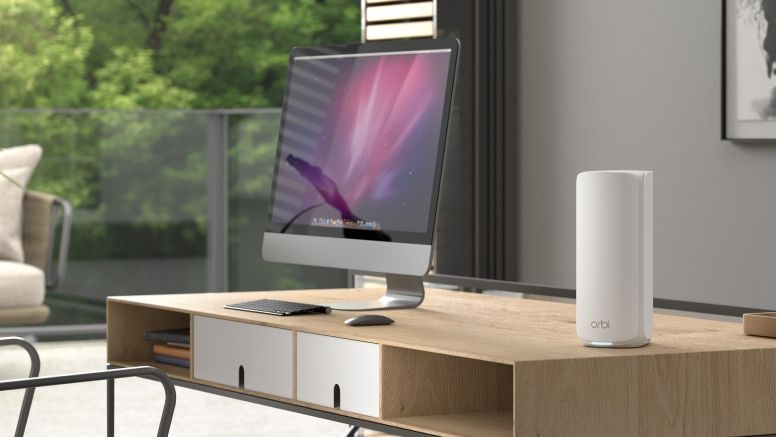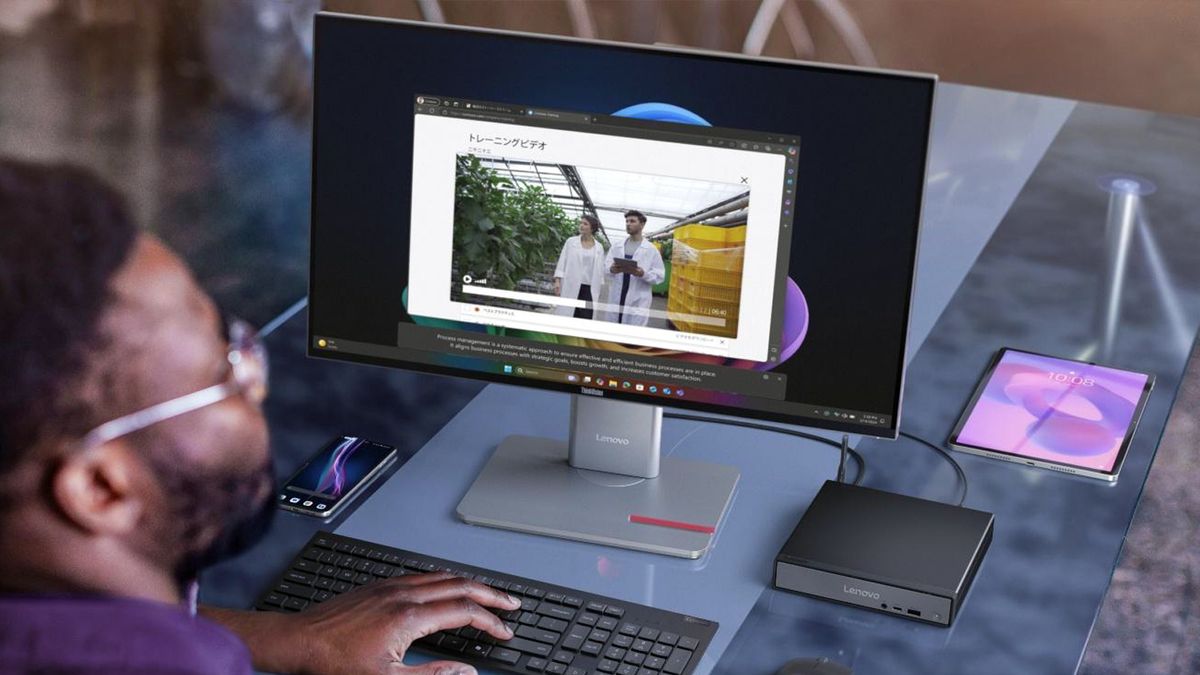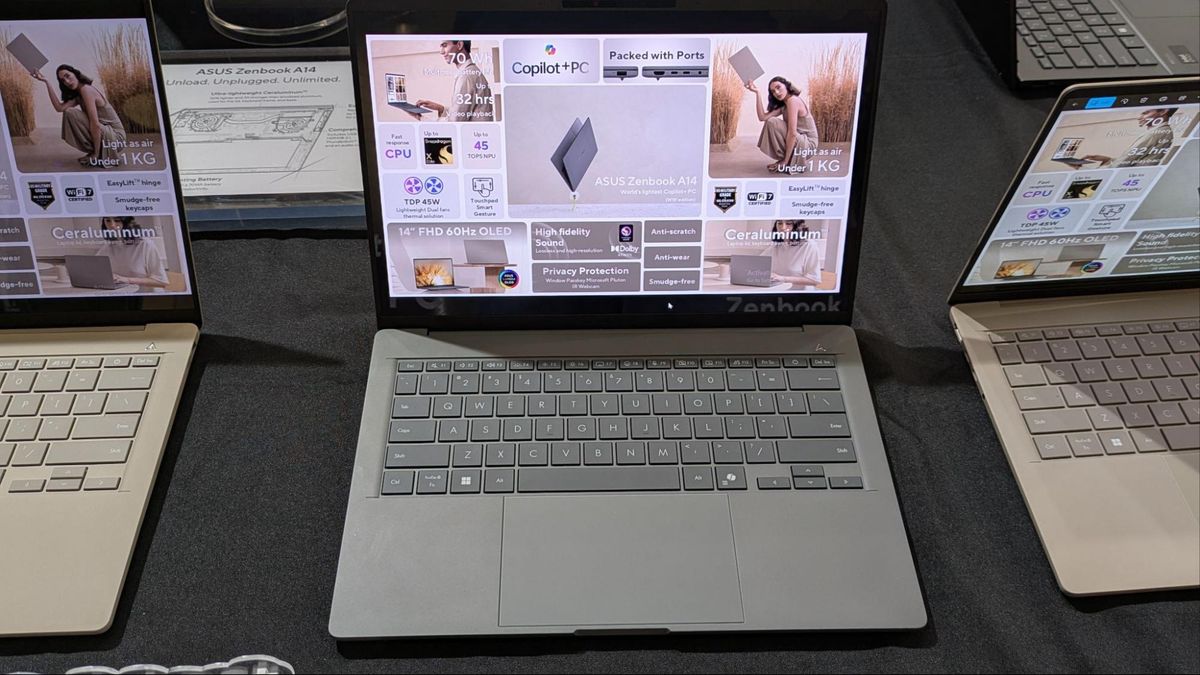There's nothing quite like the musical capabilities of the Raspberry Pi. Even the smallest module they offer, the Raspberry Pi Pico is capable of great things on the musical front. Today we've got a clever DIY project to share put together by maker and developer Arnov Sharma. Using the latest Raspberry Pi Pico 2, he's created a custom drum machine synth. We're just excited that we're one step closer to the Raspberry Pi-powered band of our dreams.
The project essentially consists of a series of buttons that are programmed to play specific synthetic drum sound clips. These audio files are stored on a microSD card using a second module — the DFMiniPlayer. This board helps with the audio support and provides the ability to play different file types like MP3 or WAV. In this case, it handles the audio files used to create the drum synth.
According to Sharma, the idea was to experiment with the Pico 2 and DFMiniPlayer board. The experiment landed on this neat little drum synth that's much more involved in its creation than just playing an audio file with a button. To pull the project off, Sharma went as far as to create a custom PCB to house all of the drum effect buttons that interface with the Pico 2.

Like most of his other creations, this project is entirely open source so you can recreate it for yourself at home or at the very least get an in-depth look at how it operates. As we mentioned before, the main board is a Raspberry Pi Pico 2. It's connected to both the custom PCB and DFMiniPlayer module. In addition to these components, you'll need a handful of switches and a 2 Ohms speaker for audio output.
The code for the project is fairly straightforward and was created by Sharma just for the project. It was written in C and is also open source so you can copy it directly or use it for inspiration to program a custom synth of your own. This code is available over at the official project page shared to Hackster by Sharma.
If you want to get a closer look at this Raspberry Pi project, you can check it out in action over at YouTube and explore the build guide in greater detail over at Hackster. Be sure to follow Sharma for more cool Raspberry Pi-powered creations as well as any future updates to this one.

 2 days ago
3
2 days ago
3








 English (US) ·
English (US) ·